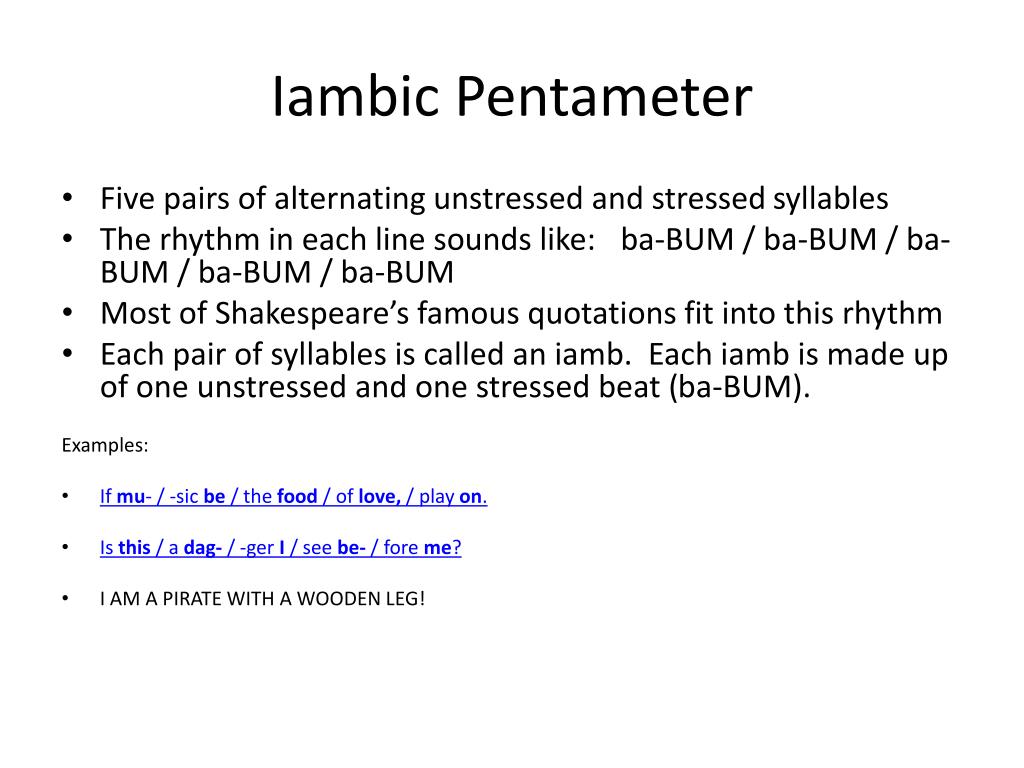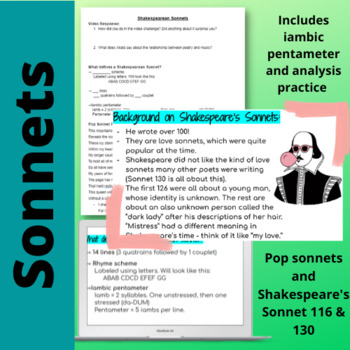

In Sonnet 130, the references to such objects of perfection are indeed present, but they are there to illustrate that his lover is not as beautiful.

In many poems the poet’s lover is as beautiful and, at times, more beautiful than the finest pearls, diamonds, rubies, and silk. Sonnet 130 is clearly a parody of the conventional love sonnet, made popular by Petrarch. Sonnet 130 is the poet’s pragmatic tribute to his uncomely mistress, commonly referred to as the dark lady because of her dun complexion. Though it’s a common meter in poetry, Shakespeare uses it masterfully.With false compare (14): i.e., by unbelievable, ridiculous comparisons. Perhaps the most impressive feat for me in this sonnet and the 153 others, is how they are composed in iambic pentameter. It follows the typical abab cdcd efef for the quatrains and a gg rhyme scheme for the couplet. Like all Shakespearean sonnets, Sonnet 130 has three quatrains and a couplet at the end. “Sonnet 130” is an English sonnet, or otherwise known as a Shakespearean sonnet. Real love has no need for the idealized and romanticized physical features that exist in so many pieces of literature, True love goes beyond that, and is not even comparable to the false comparisons made so often. He wants to emphasize the fact that true love such as his transcends the fake and unbelievable beauty standards set by other poets. However, the final two lines show Shakespeare’s true purpose for the sonnet. The theme itself doesn’t seem clear at first as Shakespeare repeatedly mocks his love’s features. This metaphoric technique works alongside the juxtaposition and sensory words to create an image that truly opposes that of the perfect woman.

Shakespeare deliberately compares his love’s features with distorted images that are usually used for praise, to once again oppose the countless other love poet’s who had over-saturated this technique. The most prominent literary device in this sonnet is juxtaposition, which is used in all of the first 12 lines. Poets would go to crazy extents to make their loved one sound beautiful and make unrealistic comparisons. The whole poem is a satire to the countless love poems that exaggerate the beauty of their loved ones. The poem “Sonnet 130” by William Shakespeare rebelled against the norm of its era.


 0 kommentar(er)
0 kommentar(er)
